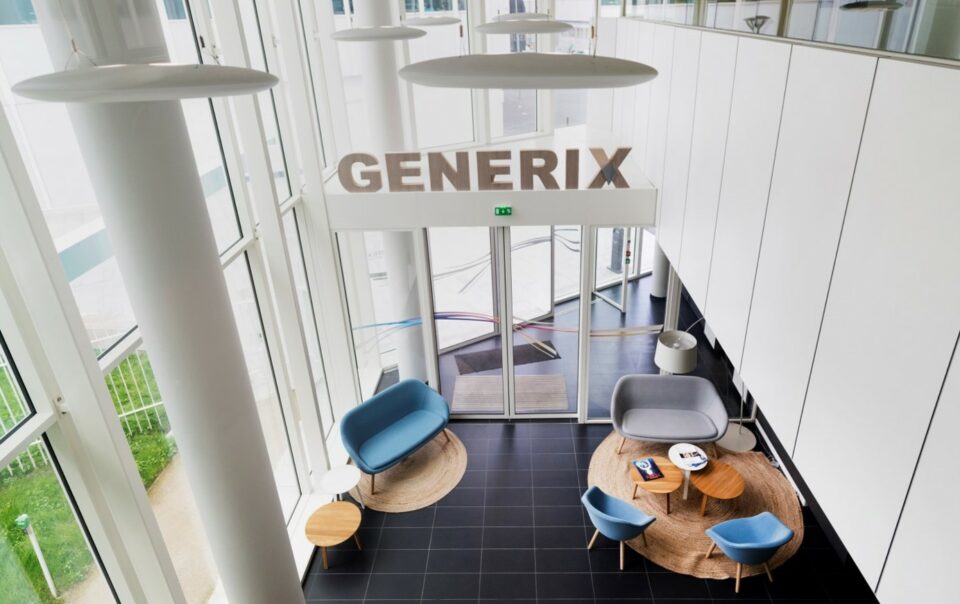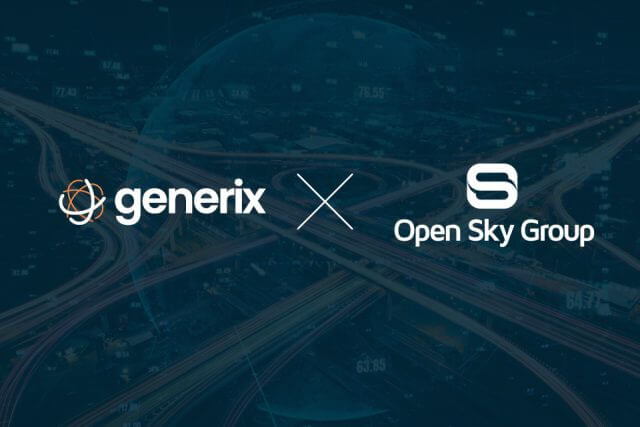
Generix Launches Solochain Now – Packaged Solution to Deploy a Complete SaaS WMS in as Little as 16 weeks
Chicago, IL, March 17, 2025 – Today, at ProMat 2025, Generix Group, a global business software company offering an expansive…
Generix Launches Solochain Now – Packaged Solution to Deploy a Complete SaaS WMS in as Little as 16 weeks View the press release

When asked about the reasons behind their migration projects, the main responses given by EDI or IT managers were satisfying business needs (66%), improving exchange quality (64%) and enhancing agility in interface project management (61%). Notably, outsourcing a highly technical issue and improving data security were far from the key priorities cited, with only 52% and 50% of professionals questioned mentioning these reasons.
Less than a year. This is the estimated length of time that the SaaS migration process took, according to 72% of the respondents who had measured the duration of their SaaS transition project. The detailed figures show that 3% said it took less than a year, 33% indicated it took between 2 and 6 months, and 36% reported that the process lasted between 7 and 12 months. Only 27% of respondents stated that they needed more than a year to complete their migration.
Who manages this process? Unsurprisingly, it was the IT department in 57% of cases. In fact, the IT department was way ahead of other departments, with the company’s finance department and general management accounting for just 21% and 19% of cases respectively.
The majority of companies stated that their SaaS migration had enabled them to meet their initial objectives. There were three particularly notable objectives: management of solution obsolescence (78%), adaptation to ever-growing volumes (74%), and improving exchange quality (72%). However, the survey findings indicated a discrepancy between the initial objectives and the objectives actually achieved. While satisfying business needs was the most popular initial objective, it came fifth in the ranking of objectives achieved (68%). And while agility was third on the initial list, if came seventh in the final ranking (66%). The only objective that remained in the top three on both lists was improving exchange quality.
Some 62% of IT managers stated that they had recorded savings of between 20% and 50% following migration to a SaaS EDI solution, with 14% reporting savings in excess of 50%. Only 14% of respondents indicated that their costs had increased.
Uncertainty remained in terms of ROI.
Some 49% of technical managers indicated that it was impossible to measure their ROI. Of those that had managed to measure this figure, 32% estimated that it was high or very high, with 18% expressing disappointment with their ROI. There was also uncertainty over the time required to achieve ROI, with 42% of technical departments unable to estimate this figure. Of those professionals who had managed to calculate this figure (56%), there were two opposing categories: those who measured the time at less than 12 months (31%), and those who reported a time frame in excess of 12 months (27%).
The second most common obstacle reported by EDI managers was a lack of commitment from business departments (37%), closely followed by migration costs (32%).
“As business cycles become ever-shorter and competition intensifies, on-demand EDI services need to be increasingly agile, helping companies to build service offerings that stand out from the crowd. Enterprises now need to collect various types of data, and connect and collaborate with ecosystem stakeholders through their applications. This is no longer an option – it is a necessity for any business that wants to succeed in its digital transformation strategy,” explains Christophe Viry, Product Marketing Manager, B2B Integration and Collaboration at Generix Group. You can download the White Paper here
Access the document

Chicago, IL, March 17, 2025 – Today, at ProMat 2025, Generix Group, a global business software company offering an expansive…

Generix is proud to announce that it has partnered with VISEO, a global technology and digital consulting company, to support…

Generix —a global business software company offering an expansive portfolio of SaaS solutions for supply chain, finance, commerce, and B2B…

Work with our team to build your ideal supply chain software stack and tailor it to your unique business needs.